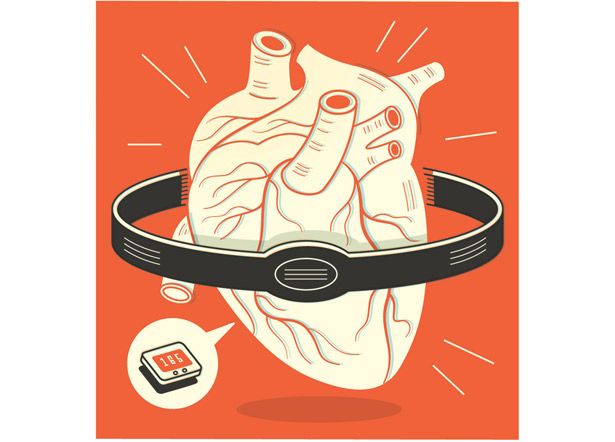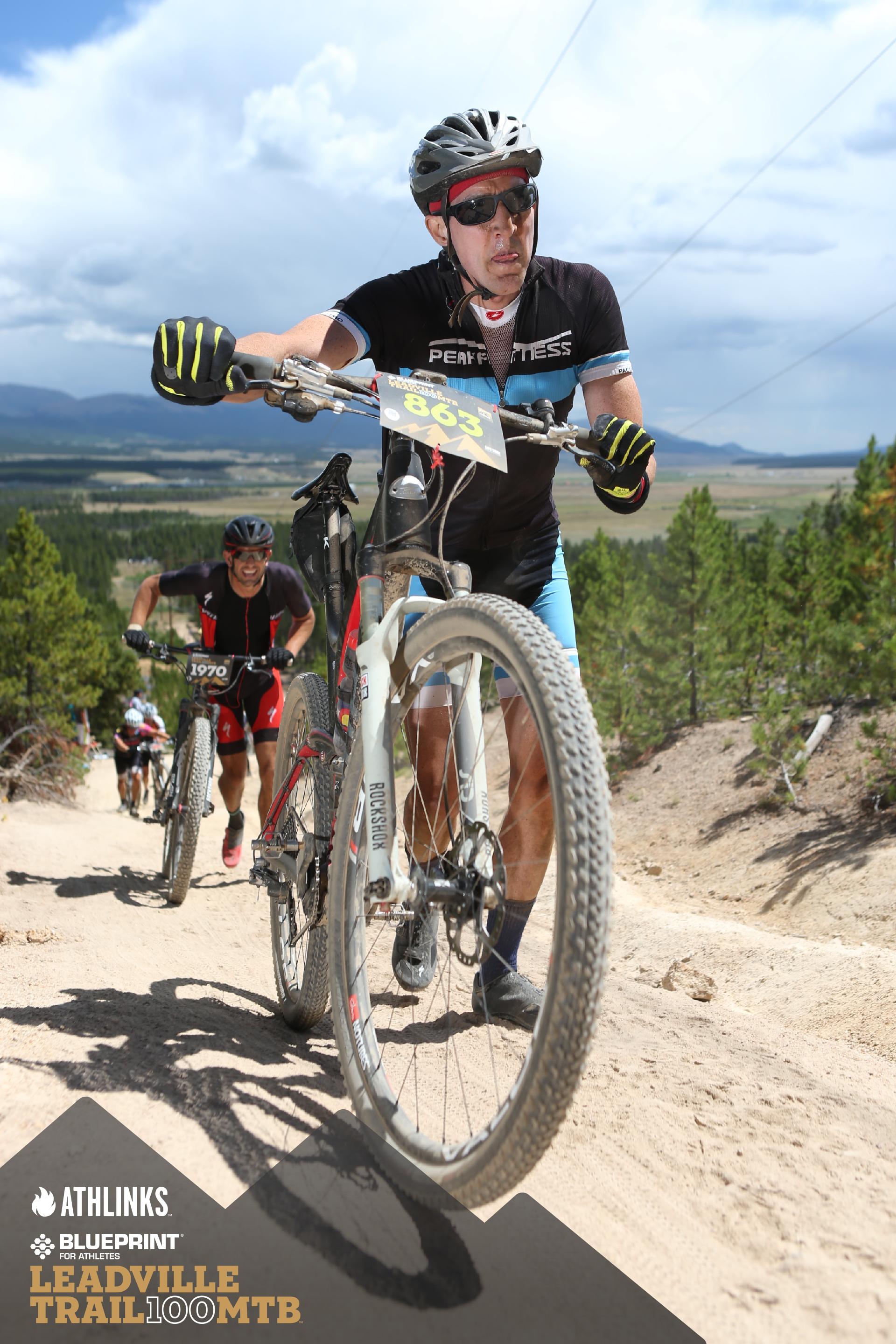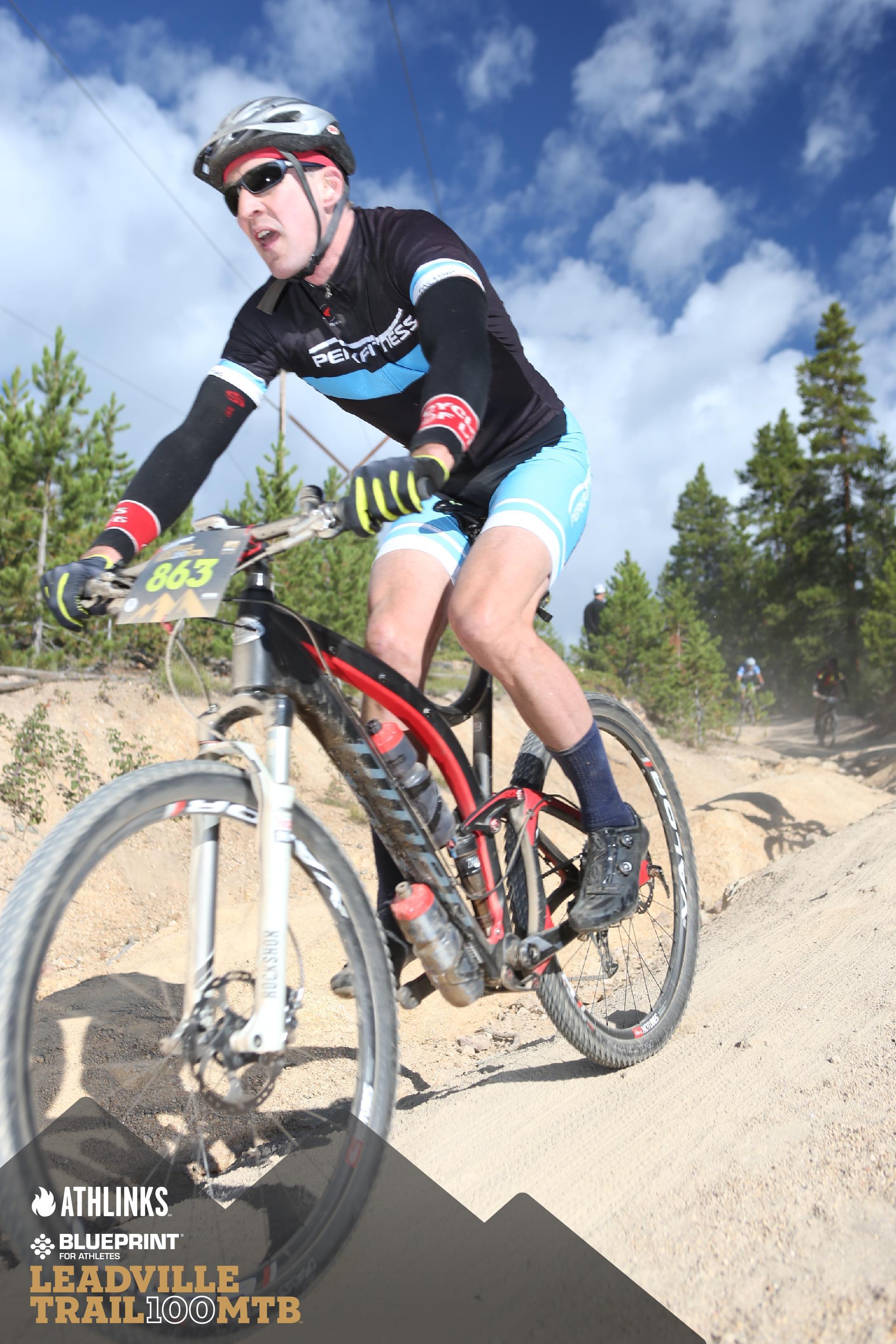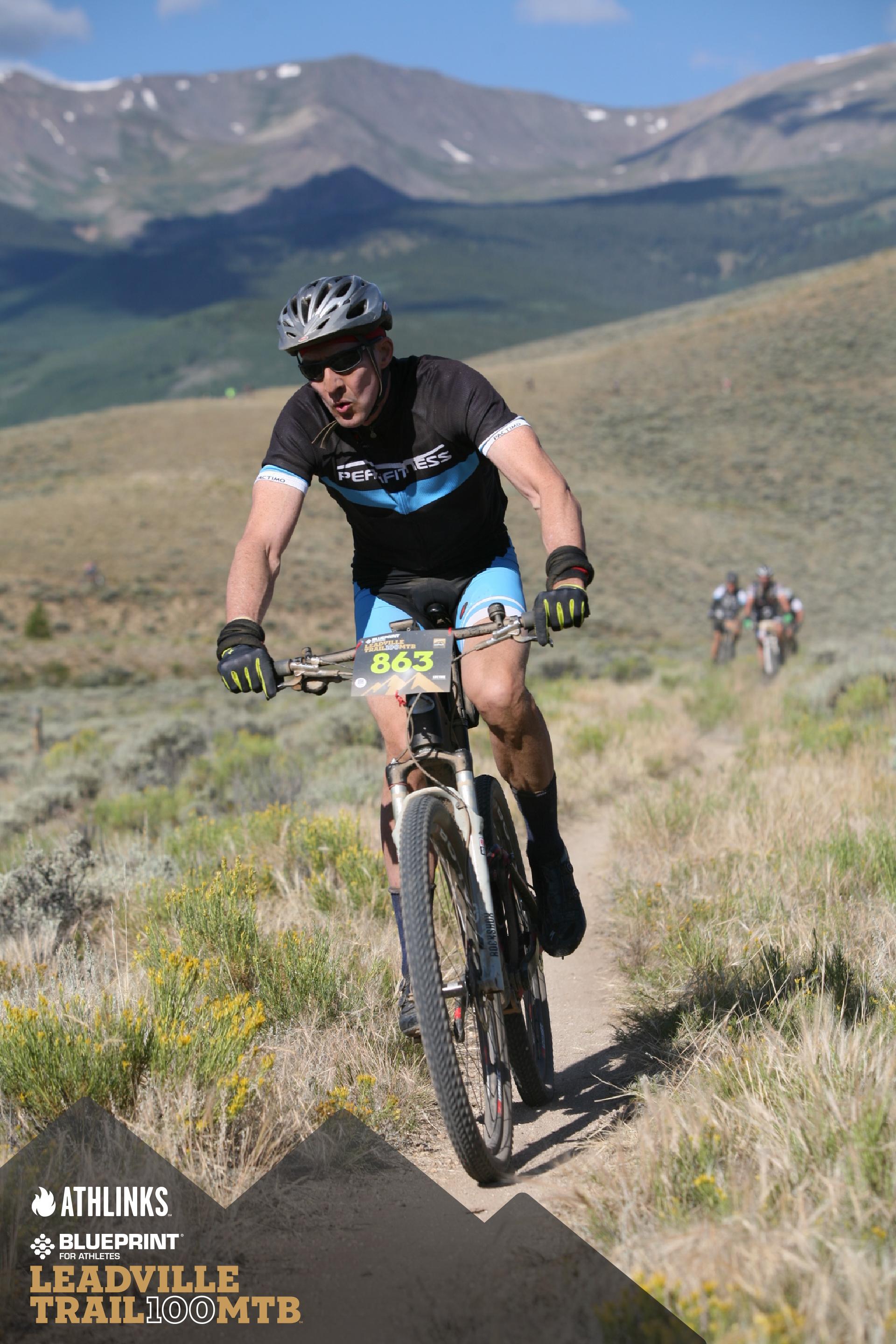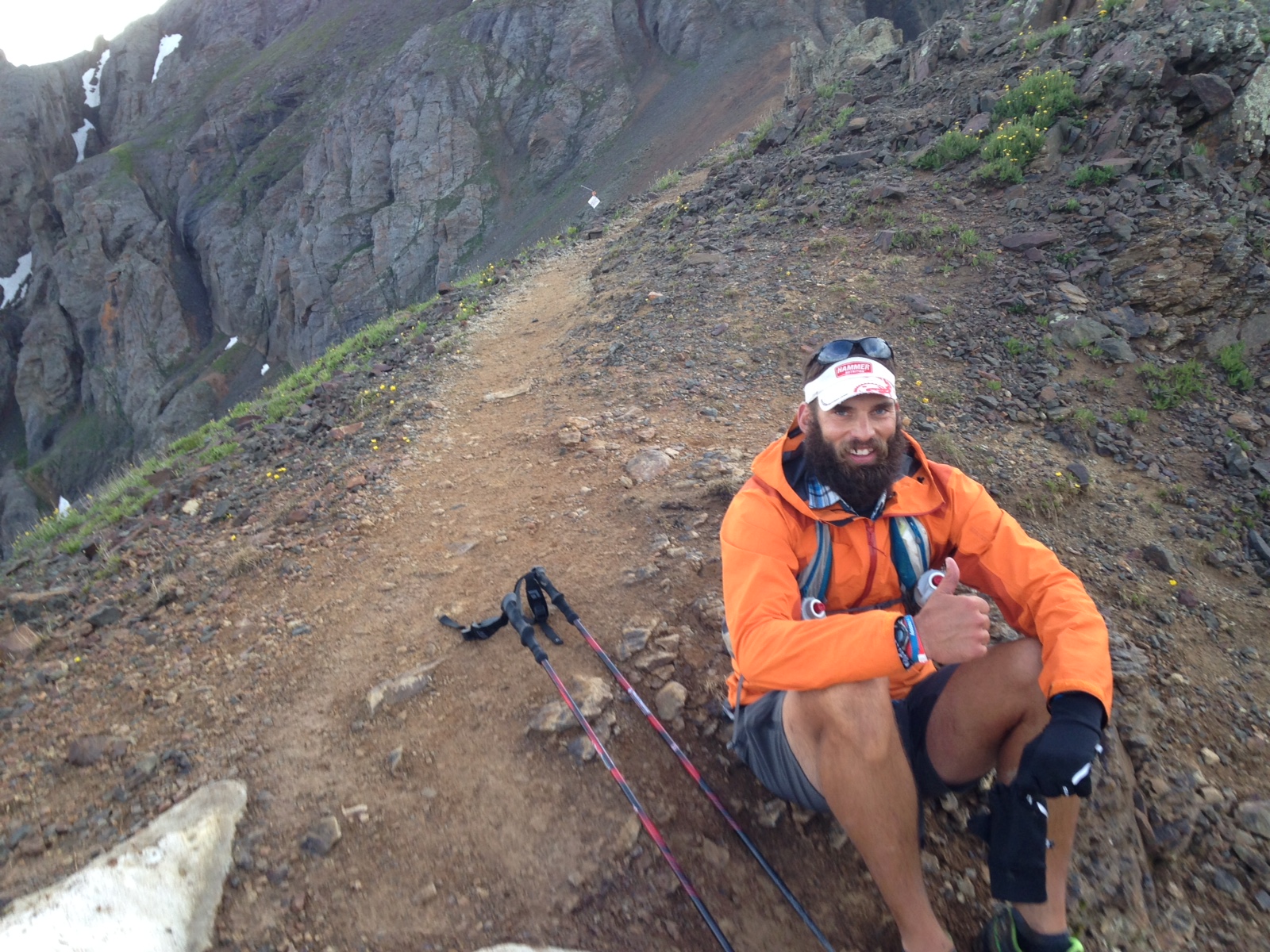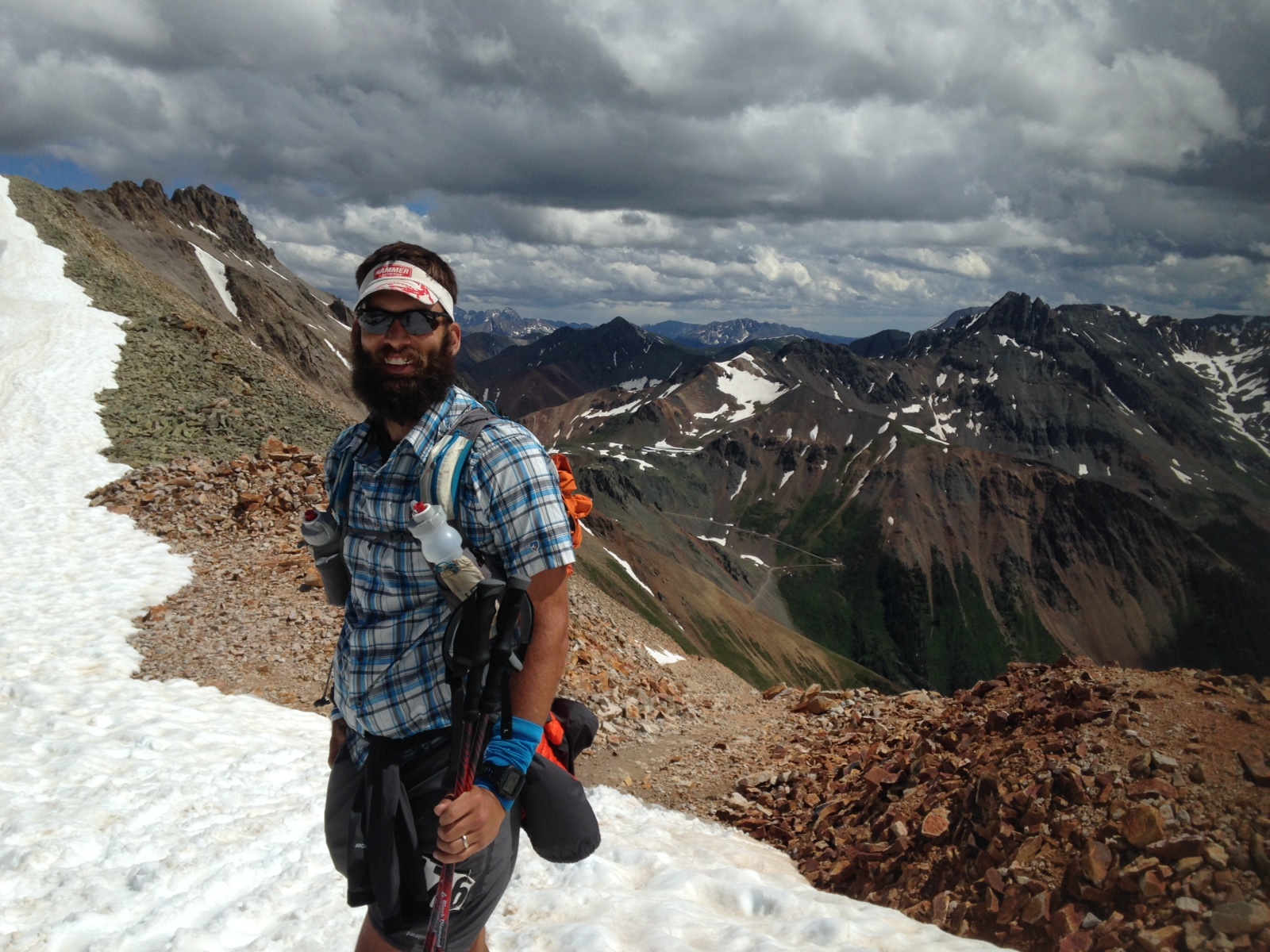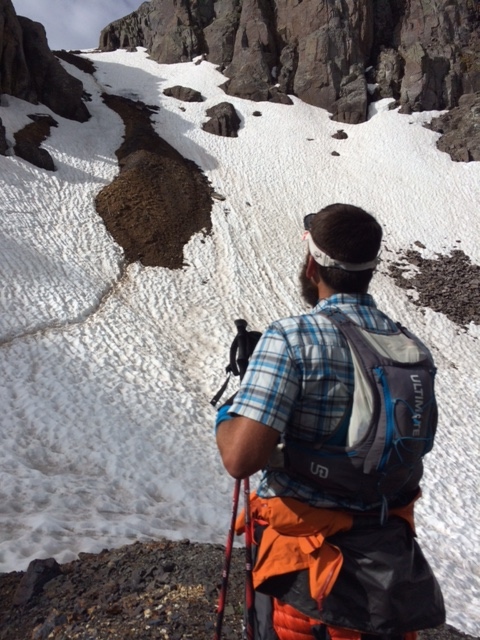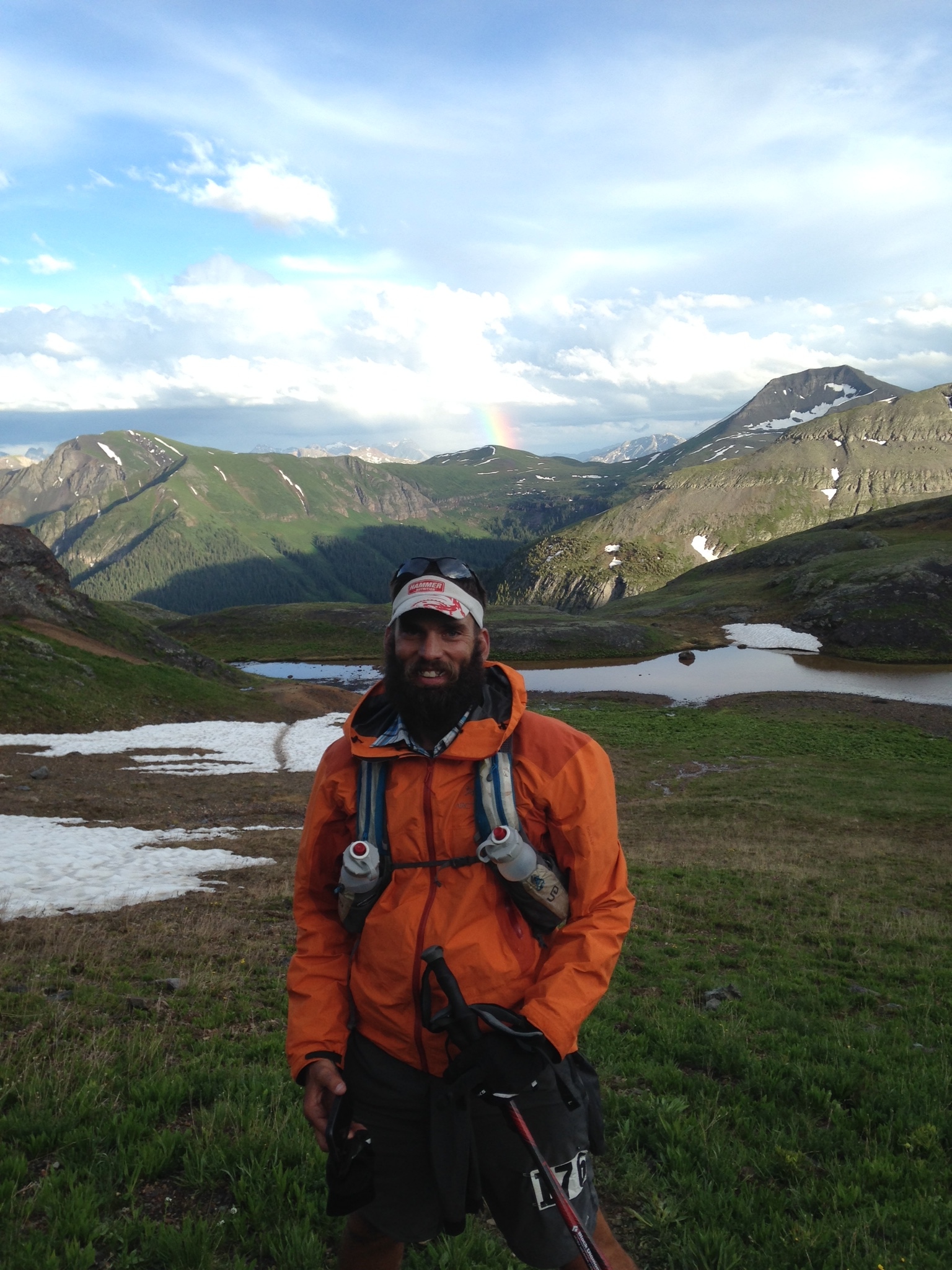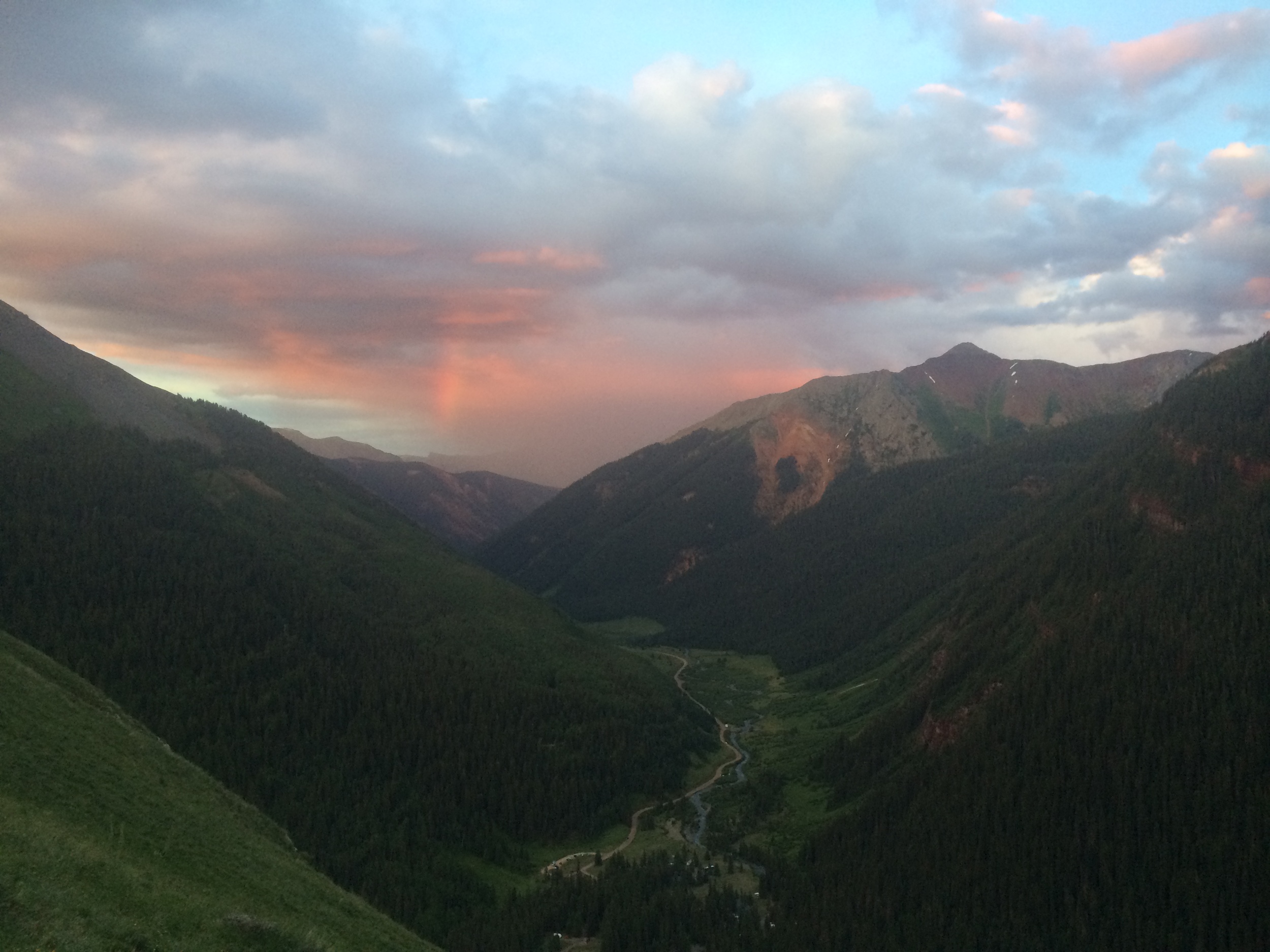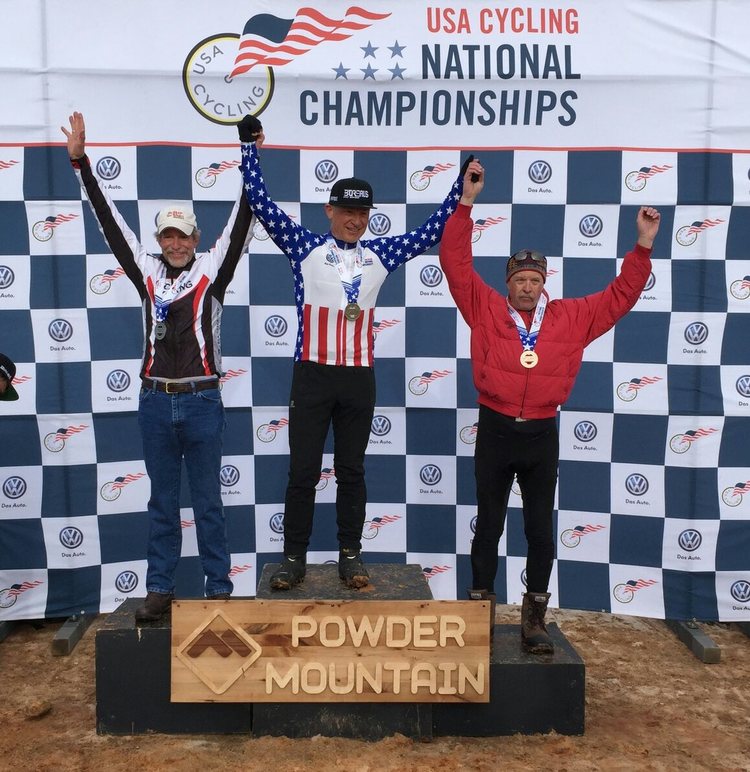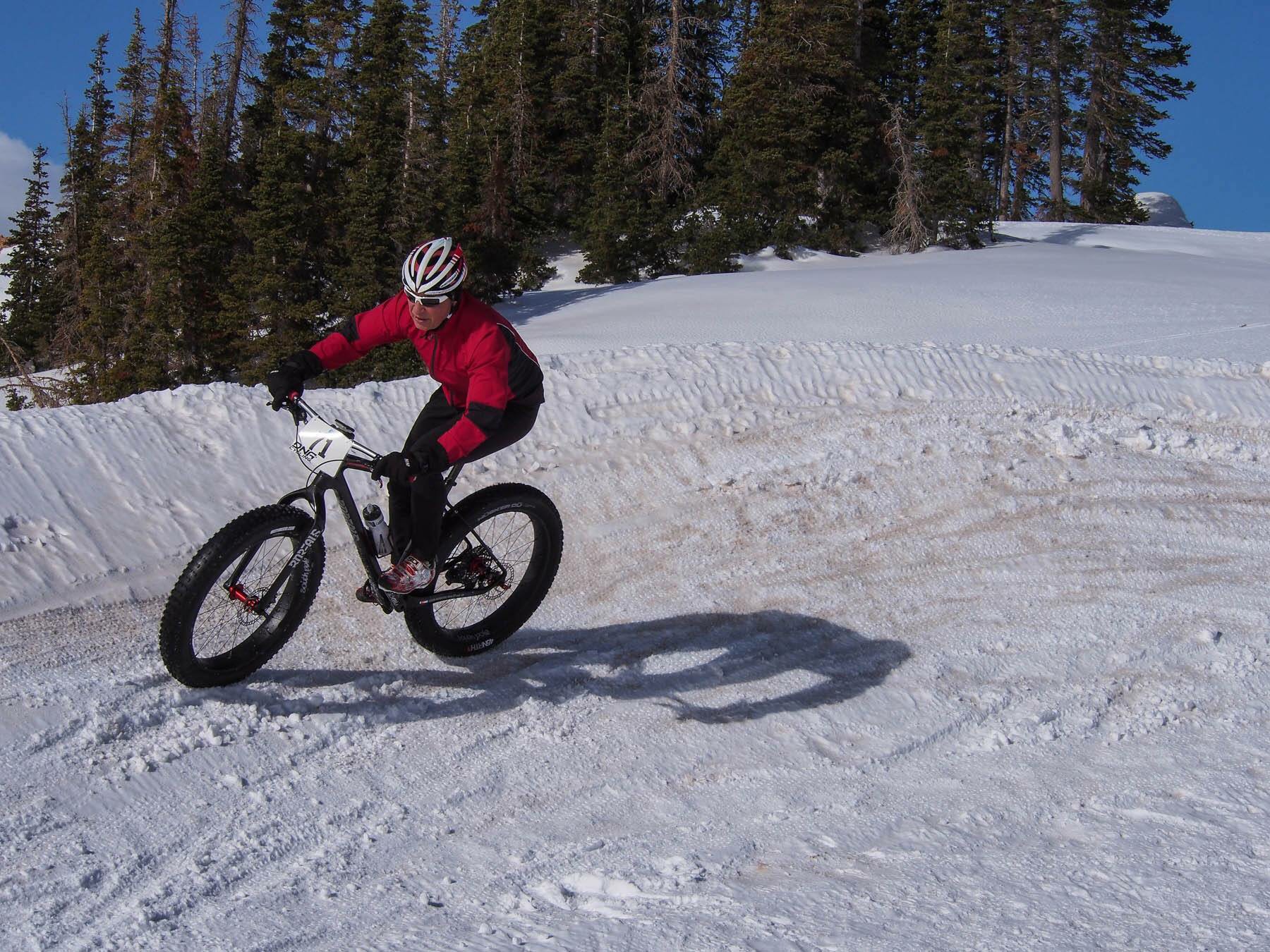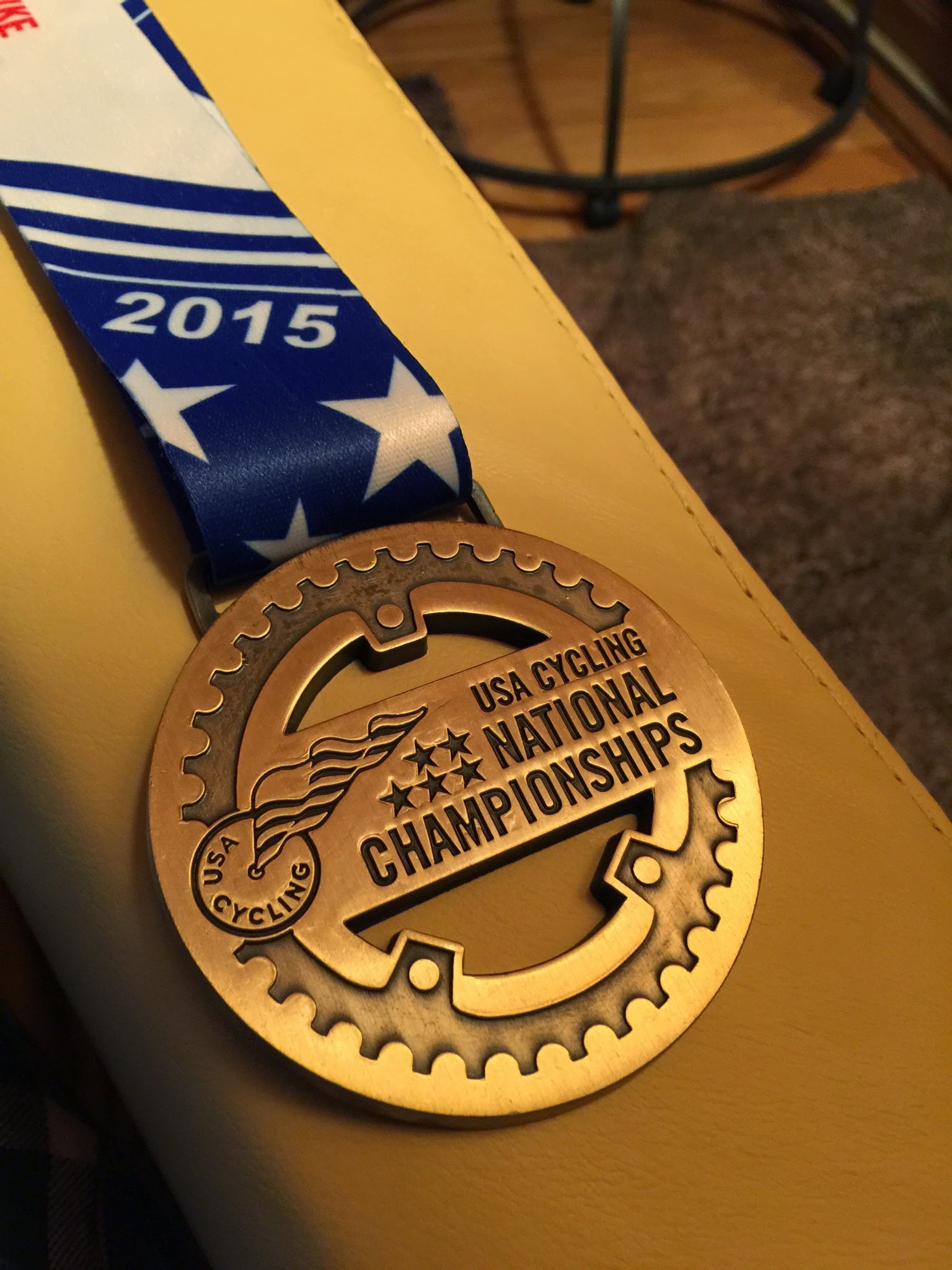I've had the pleasure of coaching Rich Rybacki for a few years now and the guy never ceases to amaze me. He lives and trains mostly in San Antonio Texas and recently completed his second 2015 LT100 MTB race. Rich shares some insight with us here... I hope you enjoy.
What lit the fire to make you want to race 100 miles in the mountains around Leadville, CO?
We bought a vacation home in Leadville 5 years ago, and kind of got sucked into the vibe of the town. About the same time we bought our house, I met my good friend and strong rider Chuck Smith, who shared with me that LT100 was on his bucket list. We worked out our plan to race the LT100, starting by racing the Silver Rush 50 in 2012, and doing volunteer work to ensure our lottery selection for 2013. For me completing the LT100 would mean confronting and conquering several fears. These fears included technical descents, fear of speed, and fear of heights. Completing such a race requires developing mental toughness, and this attribute has benefits in all areas of life to include business, marriage, and family.
How many times have you raced the LT100 and why do you keep going back?
This was my second time, my first attempt was in 2013. I DNF'd my qualifier race in Flagstaff, so i was forced to start in the "white" corral, which is at the back of the pack. After the DNF, i was a little timid about pushing too hard at Leadville for fear of bonking. Being in the back of the pack, I realized it would be slow-going with lots of bottlenecks. The approach I took that first year was to just enjoy the experience and finish in under 12 hours. The result would not be representative of what I thought I was capable of, so I decided to come better prepared in a future year by earning a good corral position at a qualifier race.
Seeking redemption for the DNF at the Flagstaff Barn Burner 104 in 2013, I decided to make that my primary race for 2014, which could also be used as a qualifier for the LT100 in 2015. By focusing exclusively on the BB104 for 2014, I was able to complete the race in 8:27, earning the big buckle and a slot in the green corral for the LT100 in 2015. No more excuses, I had a good starting corral for LT100, so I had to give it another shot to see what I could do.
Did you have an experience on the course this year that you'll remember for the rest of your life?
The best thing about this race was that there were no major surprises! During first half things were flowing nicely according to plan, making my split goals without incident. I had a fear of afternoon rain/hail storms producing hypothermia and cutting my race short, but the opposite ended up happening. The typical cloud cover that comes in the early afternoon never came, resulting in unusually high temperatures. The sunshine at that altitude is very intense, extended exposure can leave you feeling quite drained. My garmin recorded 91 degrees at the bottom of the powerline. I had a decent powerline climb, but was pretty shot by the time I got to the summit. The heat had taken its toll, and the last 20 miles would be a bit of a struggle.
How important was your crew in helping you have a great day of racing?
The aid stations are well stocked and manned by many enthusiastic volunteers. In theory one could do this race unsupported. But there is a huge mental dividend for having your loved ones out on the course, knowing that you would see them a couple of times during the race. We consolidated the aid station needs of several riders at a single location near the Twin Lakes dam. I would pass through this area twice, at roughly 3 hours into the race, and 5.5 hours into the race. Seeing the wife, kids, and friends at our Twin Lakes aid station gave me the mental boost to take on the next section of the course. These were my only two stops during the race, and the crew of wife Sandy, and sons Shane and Dylan were super efficient. I would roll into the aid station, hope off the bike, and run behind the van for a potty break. By the time I returned, my chain had been cleaned and lubed, and there were two fresh bottles mounted on the frame. I would grab a quick snack, give Sandy a kiss, and quickly depart for the next section of the course.
The weather can vary greatly during the summer in the mountains. Did you experience any weather issues and how did you deal with them?
The starting line felt reasonably warm at 42 degrees in downtown Leadville. I decided to remove my jacket and stuff it in my jersey, starting with just the arm warmers. The fast descent down the road was chilly, but it was worth tolerating the discomfort to not have to stop and remove the jacket later. It is just a matter of minutes from downtown start to the dirt climb to St. Kevins. Once we hit the dirt the speed slows down considerably, the effort increases, and you quickly forget about the cold.
What did you use to stay fueled and hydrated during the 10 hours?
I used the training rides to calibrate my water needs during the race. I would weigh myself before and after a long training ride, and adjust the amount of water consumed so that i would only loose a couple of pounds over a several hour effort. During the earlier hours of the race, I can get away with 20 oz of water per hour. In the later warmer hours, I would increase this to 24 oz. I would slowly dehydrate to some degree, but drinking more than 24 oz per hour resulted in bloating and discomfort. I determined it would be better to be a little dehydrated vs overhydrated. I suspect some of my mountain failures in earlier races were related to overhydration in the cool mountains.
In the months leading up to the race, we did many workouts designed to enhance the fat burning engine. This included fasted rides and long, easy, unfueled rides. This paid off race day, as I only needed to consume roughly 200 calories per hour. The conventional wisdom of 300 calories per hour works for 5 to 6 hour events, but beyond that, my body would start rejecting the sugar. At 200 calories per hour, I never had trouble getting the calories down during the entire 10 hour event.
My main fuel was Skratch. When mixed at a concentration of 120 calories in 20-24 ounces of water, the taste remains light and refreshing throughout the duration of the event. Skratch is also generous with electrolytes. I supplemented the calorie intake with gels while moving on the bike. At each of the two stops at the Twin Lakes aid station, i took in a package of the new Clif product of pureed fruit. These are tasty treats made from real fruit and coconut. They contain fat and fiber which kept me from feeling hungry. During long endurance events, I have trouble chewing and swallowing solid food, so these pureed fruit products were ideal. I also managed to chomp down a few slices of watermelon at the Columbine and Carter Summit aid stations.
My water bottles also included a quarter teaspoon of baking soda. The purpose of this was to keep my stomach and blood from becoming acidic during the event. The baking soda added 300 mg of sodium to each bottle. This extra sodium threw off the proper electrolyte balance of the Skratch, but this was offset to some degree by the high content of potassium in the mango/banana/coconut Clif treats I consumed at the Twin Lakes aid station. Ideally I would prefer to use the Clif treats exclusively, but they are bulky and difficult to open on the bike. For this reason, I only used them at the aid station, opting for conventional gels while moving on the bike.
Were you racing against the clock or other individuals?
My approach on endurance events is to not worry about the clock or other riders. Instead, focus on maintaining a fun, moderate pace, trying not to hammer or become anaerobic. A fun pace usually turns out to be the right pace for events of this distance. I had a pretty good idea of how long the various splits would take from my training rides. There are some race day dynamics that can change these significantly. During the race, the climbs are generally slower due congestion. The open rolling sections, such as pipeline outbound, become much faster on race day due to drafting. My plan was to push a little at the start to avoid as much congestion at St Kevins as possible. After the powerline descent, I put some effort into joining faster groups to help pull me down into Twin Lakes. I wanted to be climbing Columbine with strong riders to minimize the congestion impact in the walking section of upper Columbine.
Which workouts at home prepared you best for the race?
The fasted/unfueled easy rides I feel played a big part in my ability to function on a lesser, more digestible amount of calories during the race. Last summer we moved from central San Antonio to the Northwest corridor near 1604 and I-10. This opened up the opportunities to train on 300 ft hills within a warm up/cool down riding distance from the house. Doing repeats on these hills in a low cadence enabled me to generate more power with less cardio, which was key in the oxygen-deprived environment of Leadville.
What were your considerations in choosing the perfect bike for the race?
Most racers prefer to do this race on a hard tail. This race is mostly about climbing. There is approximately 6 miles of technical descending where a full suspension bike would be an asset. For the remaining 98 miles, it would be a liability. That said, I raced on a Niner Jet 9 RDO full suspension. I am not a strong technical rider, and being in my 50s I prefer the comfort and confidence of the full suspension.
Is there any info or tips that you would like to pass on to others attempting the race in the future?
My advice would be finding a qualifier race that best matches your strengths and do that race to earn your corral slot for Leadville. You do not want to start this race from the back of the pack, as the congestion will limit your ability to race your potential. Pre-riding the course is key so you can understand how long the climbs are and not be discouraged by the false summits. Learn how to pace yourself on the long climbs. The Leadville Race Series now offers a 3-day stage race which covers the full course. This would be a great way to recon the course. I would recommend doing this race the year before you plan to race Leadville. While in town, you can do volunteer work for the Leadville Race Series which will greatly enhance your chances of getting in the lottery.














